How to Choose The Right Force Torque Sensor?

Posted on Dec 29, 2014 9:38 PM. 3 min read time
With the introduction of force torque sensors (FT) in the industrial and research world there are a lot of unanswered questions regarding these devices. In fact, even if you know what they are meant for, you may want to know what specifically to look for, particularly in relation to your application.
With all the specifications available out there, there are some FT sensors that are more relevant than others. If we use the example of a robotic arm, the reach, payload, speed and repeatability are the most useful specifications. Some of the other specifications are basically just details to make sure everything fits your application. The same scenario happens with the FT sensor specifications.
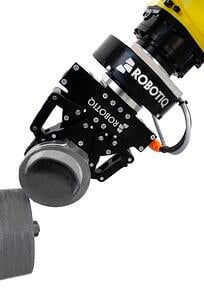
Load
For sure the main specification you need to know is... if the sensor can accept the load required by your application. In fact, if the application requires a 100N load you may want to use a sensor that has a range around this value. A low range of force torque will limit your reading to a certain threshold and a sensor with a high force limit used in low force range will be less accurate.
Strength
The strength is the capability of the sensor to receive higher loads than its prescribed force range. Even if the rated range is +/-150N our sensor can take forces up to 5 times the rated force. This means that in the case of an impact, the sensor will still be able to interpret the correct amount of force being applied and give an accurate reading. Although, strength also means the capability of the sensor to determine the reading even if impact occurs or high loads are applied. By using different technology than a simple strength gauge, we are able to accept bigger loads without seeing permanent deformation in our sensor. This means that the readings are the same before and after you smash the robot into whatever object is in the wrong place at the wrong time.
Integration
The ease of integration is one important aspect in the choice of a good sensor. Some sensors out there have very sophisticated (read complicated) ways to be integrated with the robot. The controller and power source aren't always easy to use and install. This can become hard to handle. We use a simpler approach. With our kit such as the Universal Robots kit, the mechanical, electronic and software parts are all included in a simple bundle to operate the sensor.
Noise Level
The noise level represents the lowest force that can be detected by the sensor. In other words, if you have a high noise level, the force detected cannot be lower than this level. So you may want to have a small noise level to be able to read the smallest force. For example if a sensor has a noise level of 5N, it won't be able to detect lower forces than this threshold.
Sensors such as ours are immune to external noise, which means that magnetic fields don't affect their readings. A sensor that is not immune to external noise will have a higher noise level, for example, if it is close to a power source. Sensors immune to noise can still pickup noise interference due to noise in the system or the power used from the power source.
Hysteresis
Hysteresis is the dependence of the output of a system not only on its current input, but also on the history of its past inputs. In other words, it is the ability of a system to comeback to a neutral position (zero) after a force is applied. If the system is unable to return to a neutral position, the system has hysteresis. So, the lower the hysteresis, the better. In the case of an automated process, hysteresis is a common enemy since calibration can't be done between each reading. Make sure to know the exact rated hysteresis and if this variable can mix up the values for the readings in your applications.
By looking for these features when you are sensor shopping you will make a better choice. Make sure to establish your needs before entering the selection phase. For further information on our FT 150 Force Torque Sensor, follow the link below and subscribe to our newsletter to get the latest information directly to your inbox.

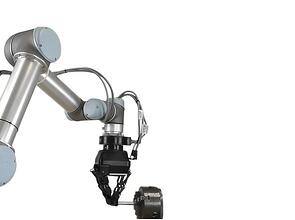

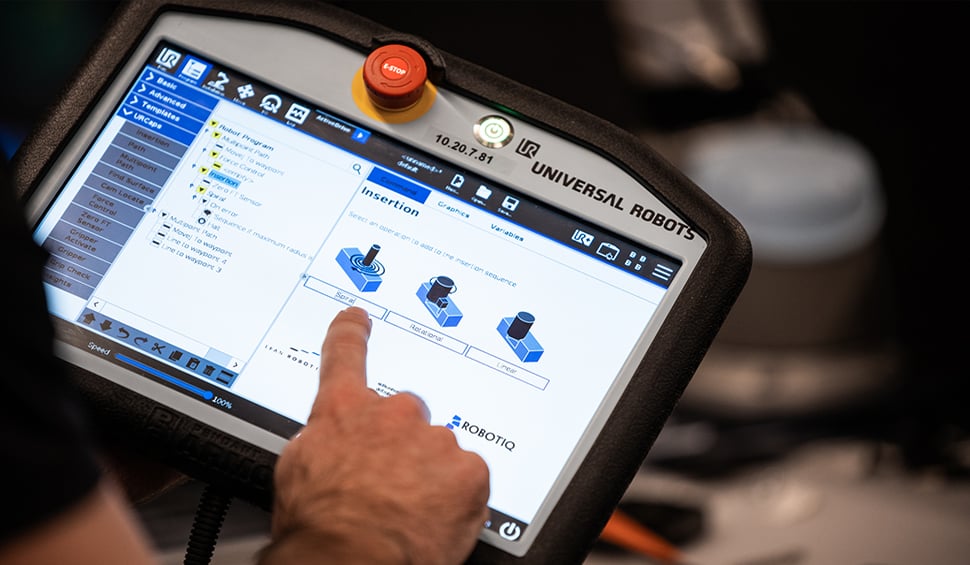

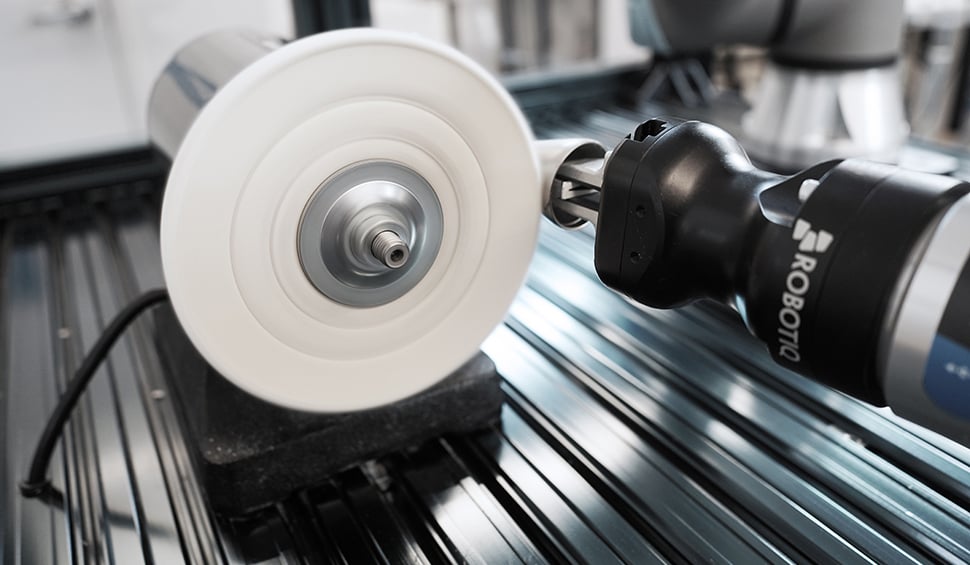
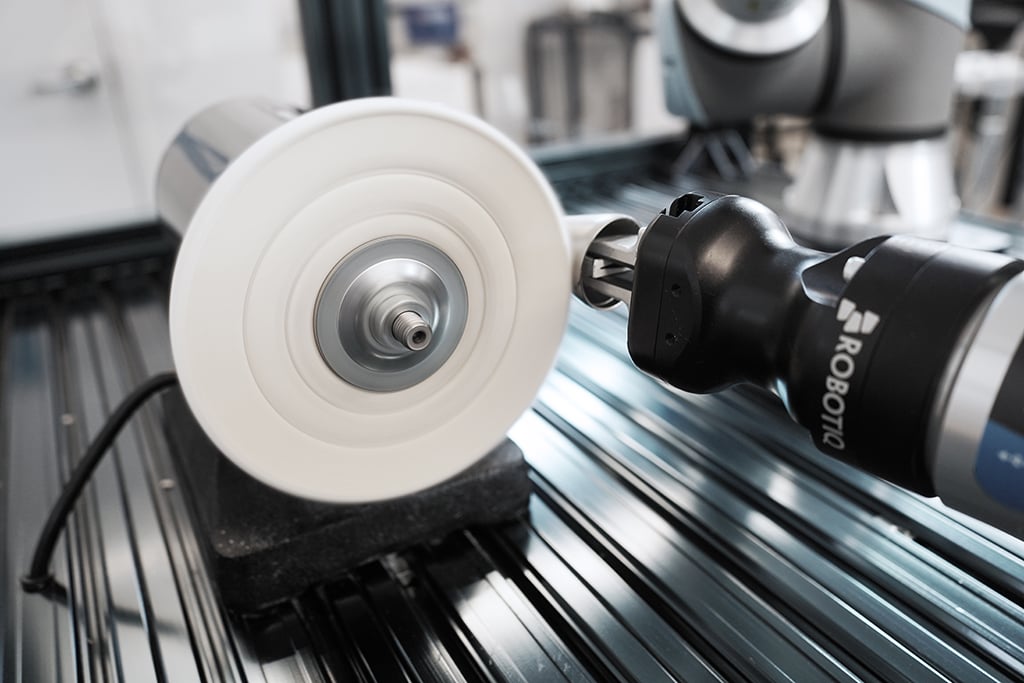

Leave a comment